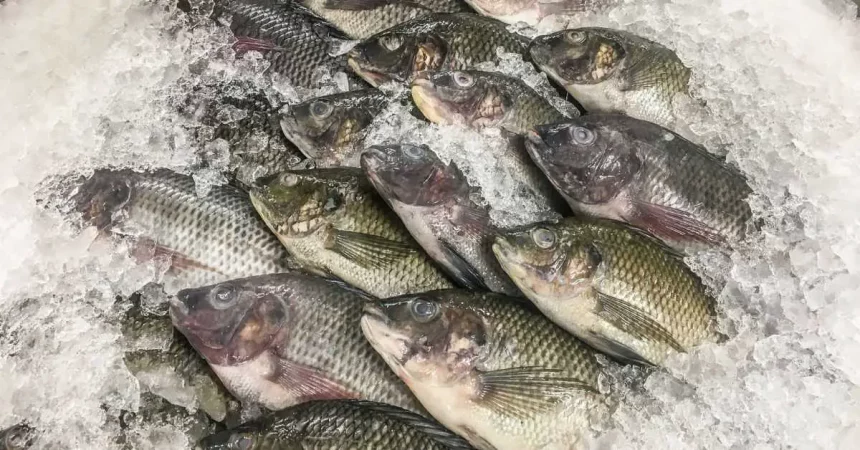The tilapia fish, a beloved option on dinner plates worldwide, hides a troubling secret beneath its mild taste and affordability. Many tilapia varieties contain alarming levels of dioxin, a toxic chemical that has infiltrated the food chain and raises concerns about potential health risks associated with consumption. The presence of dioxin in tilapia demands attention due to its significant health implications.
Tilapia, known as the “aquatic chicken,” has become a staple in global cuisines due to its mild flavor and cooking versatility. This freshwater fish is not just a culinary favorite but also an economic one, offering a low-cost protein source accessible to people of all backgrounds. Its popularity has led to a rise in cultivation, making it one of the most farmed fish worldwide.
Various species of tilapia exist, including the widely farmed Nile tilapia, blue tilapia, Mozambique tilapia, Wami tilapia, and black-chinned tilapia. There are also hybrid varieties created to enhance specific traits like growth rate and disease resistance.
Dioxin, a group of highly toxic chemical compounds, poses serious health risks due to its association with cancer, immune system impairment, hormonal disruption, skin disorders, liver damage, and psychological disorders. Dioxins enter the food chain through various human activities like industrial processes and waste incineration.
Research has shown that tilapia can contain high levels of dioxin, surpassing regulatory limits in some cases. The contamination may stem from polluted water sources or contaminated diets. Consuming tilapia with elevated dioxin levels can expose individuals to health risks, emphasizing the importance of awareness and informed decision-making when choosing seafood.
To mitigate risks, consumers can read labels, research sources, consult seafood guides, support sustainable practices, and diversify their seafood choices. The choice between farm-raised and wild-caught tilapia requires consideration of factors like dioxin levels and nutrient profiles.
In a world where food affects health significantly, understanding the presence of dioxin in tilapia is crucial for making informed choices that prioritize personal safety. Awareness and proactive measures can help individuals navigate the potential risks associated with consuming tilapia and other seafood options.






